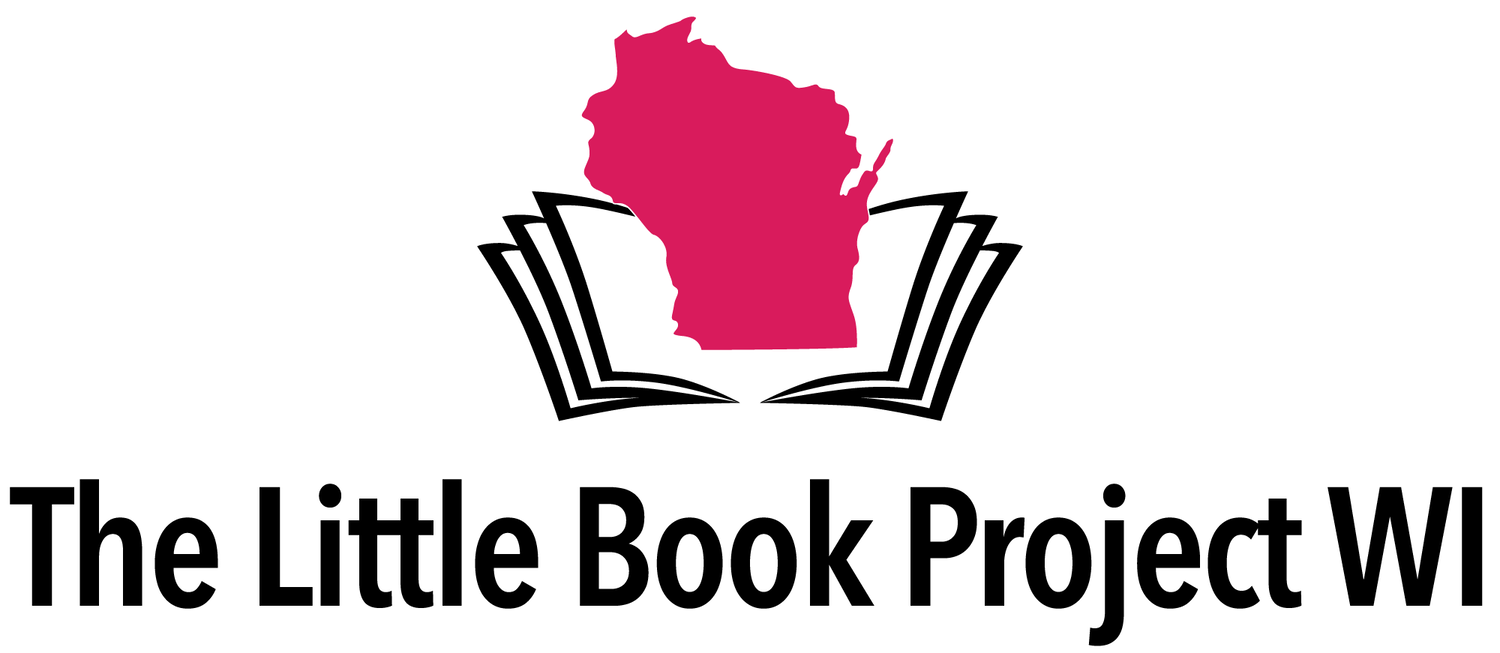Artist Profile: Christine Holm
Christine Holm has an MFA in Poetry from Arizona State University, where she also studied printmaking and book arts. She has taught writing workshops at correctional facilities in Wisconsin and Arizona; written with palliative-care patients, and co-curated the Madison-based reading series Monsters of Poetry.
1) What words do best describe your artistic pursuits? Are you a writer, a poet, an artist—or are there alternate descriptors you prefer to use?
I haven't yet found what feels like a good descriptor for this particular stage of my creative self. When in graduate school and for several years after when I was still regularly producing, it was easy to call myself a poet. Then there was a deep time (several years) of quiet when it came to creating. Only in the past year have I started writing again; I've also been exploring paper and fabric arts. Perhaps "literary artist" and "craftslady" will be good descriptive containers for this phase.
2) Do you see a connection between art and food, particularly from a farming &/or ecological perspective?
Wormfarm is an arts organization in Reedsburg, Wisconsin where I was able to spend a harvest season writing and working in the fields. It was there that I really learned, in such a physical way, how intertwined art and agriculture are. It seems such a simple comparison. But like a plant—which comes from a seed that needs tending in the darkness of soil until it sprouts in the sunlight until it fruits before it goes on to nourish another body—art takes time. I've had moments where a poem really does kind of rush right through me. Overall, however, that sense of the spark is a myth for me.
The slow pace of the farming we did (at Wormfarm)—that type of patience informed my creativity so much. I also love the idea of how what we might see as decay or the detritus of our creativity can weave back in to build something new. Most of the books I make now are with found materials; with sewing and stitching projects, Dig 'n Save is essential. And through those warped and worn materials, I've learned a lot about working with or against the patterns and the weaves. So much language comes from these artifacts as well. It is all interconnected. I like that humbling aspect of art-making. I'm never really doing this on my own; something else had to come first.
3) What sparked your interest in having a more active role in The Little Book Project?
When I moved back to Madison after several years away, I had family but not many friends left here. The Bubbler at Madison Central Library was such an amazing foothold for building community, plus finding spaces where I could support community-based visual and literary arts. In the past several years, the organizations I've worked with, in addition to the varying roles I've played, have shifted. This, along with the impending move to California of my dear friend and collaborator, are losses I now feel. They also are helping me recognize how this, again, is kind of a time to rebuild and rediscover Madison’s creative scenes. Through the first editions of The Little Book Project I've learned about makers, writers and visual artists. It seems like an exciting opportunity to learn and engage.
4) Share 2-3 types of art you wish people were more aware of.
I can be pretty precious about books, but there are some wonderful and simple ways to find yourself becoming a book artist. Like taking an old book and creating a whole new text through erasure. You can also get your own work out into the world with really simple folding techniques of a single sheet of paper. UW-Madison's Kohler Art Library also has an incredible book arts collection.
I'm also really interested in pop-up public art. I'm thinking of several really lovely pieces along bike paths downtown. They are anonymous, so far as I can tell. Some are super delicate. And yet they were made to be out in the world—the wind and rain. You need to be paying attention as you walk, otherwise you miss these things. These efforts of art in the everyday ask you to be a bit more intentional as you move about the world. And I love to see people engaging with these, for even a moment.


